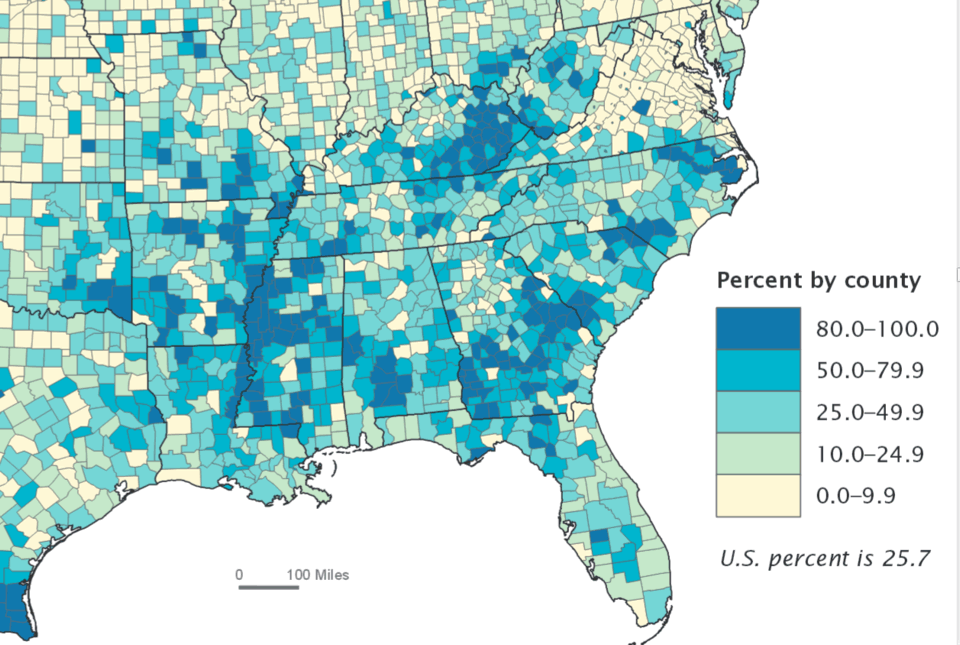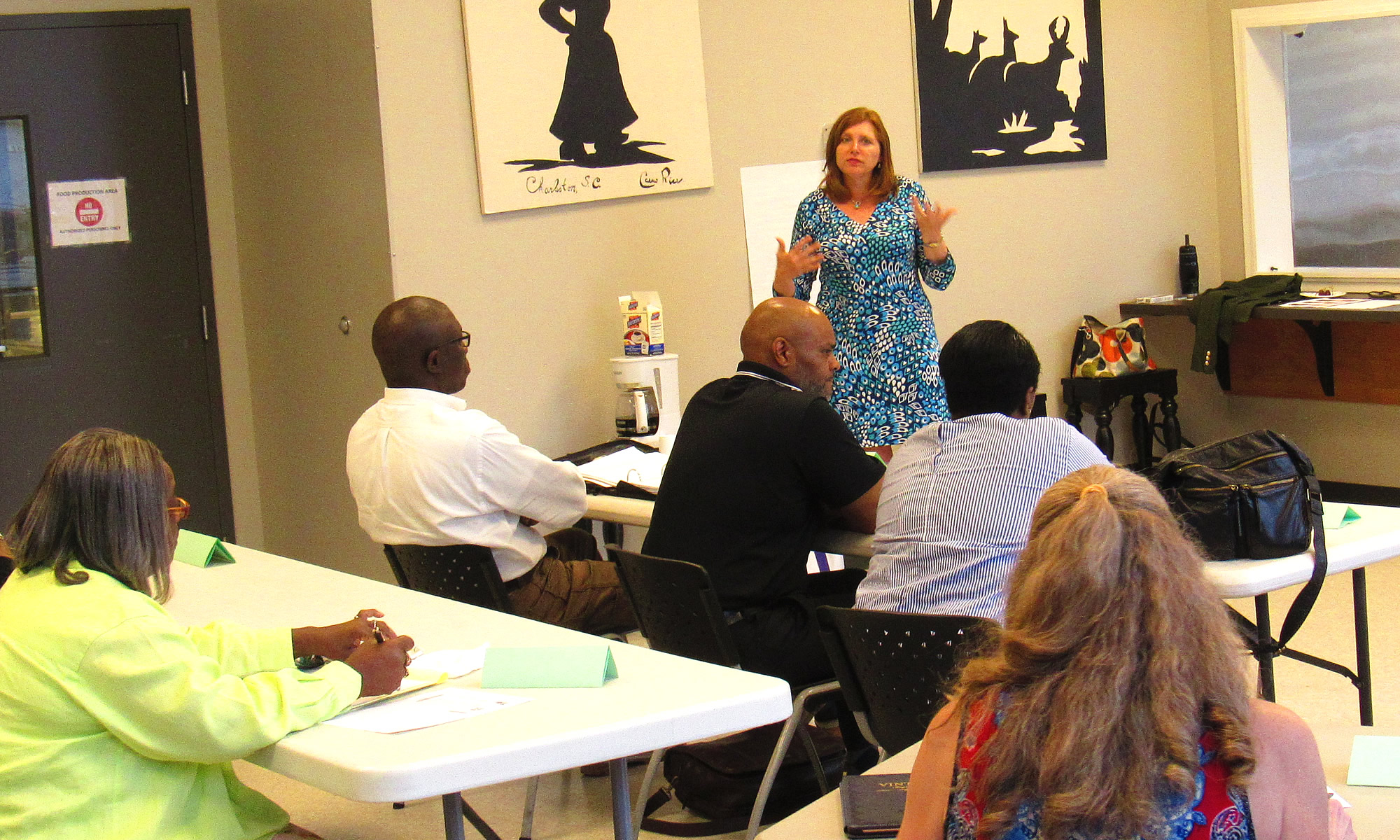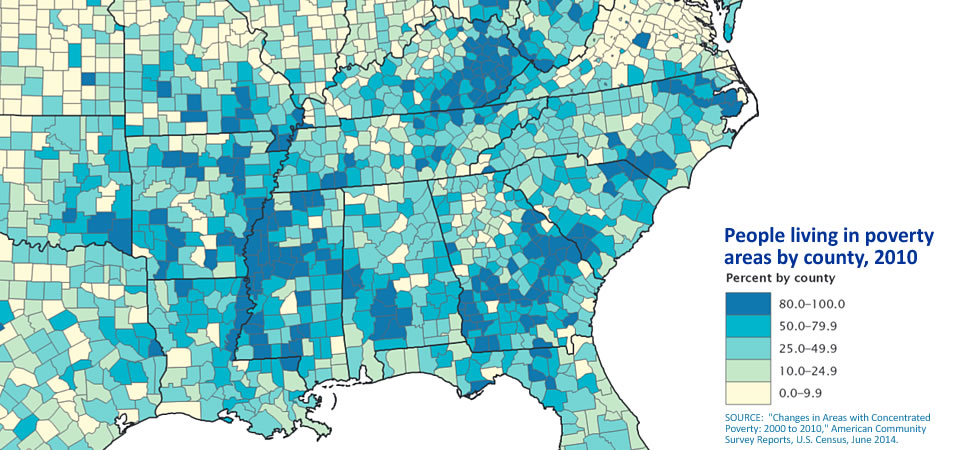Poverty is creeping closer to people living in the American South, according to a new report from the U.S. Census.
This map from a new U.S. Census report clearly shows high poverty areas that stretch along the Southern Crescent from Virgina through Georgia to the Delta area along the Mississippi River.
Just under one in three people across the South — 30.8 percent — live in a neighborhood or community in which at least 20 percent of people live in poverty. Just 10 years ago across the region, one in five people — 21.8 percent of Southerners — lived in these “poverty areas.”

In raw numbers, 34.4 million Southerners lived in poverty areas in 2010, compared to 21.2 million in 2000, according to a June 30 American Community Survey report, “Changes in Areas with Concentrated Poverty: 2000 to 2010.”
According to the agency, any census tract, which is a “small relatively permanent statistical subdivision of a county” with a population “between 1,200 and 8,000 people, with an optimum size of 4,000 people.”
Using “poverty area” as a measure of a community’s economic health may be more robust than looking at just the numbers of people who live below the federal poverty level. In 2010, for example, some 44.9 percent of Americans had incomes below the federal poverty level. But 77.4 million lived in poverty areas. Of those, 24 million have incomes below the poverty level.
“Researchers have found that living in communities with a large concentration of people in poverty adds burdens to low-income families,” noted the report’s author, Alemayehu Bishaw of the Census Bureau’s Poverty Statistics Branch. “Problems associated with living in poverty areas, such as higher crime rates, poor housing conditions and fewer job opportunities, are exacerbated when poor families live clustered in high-poverty neighborhoods.”
In other words, poverty areas reflect parts of communities that are particularly vulnerable to and influenced by high rates of poverty. Not all people in poverty areas live below the poverty level, but a high concentration do. Conversely, places not considered poverty areas are home to more than 20 million Americans who live in poverty.


